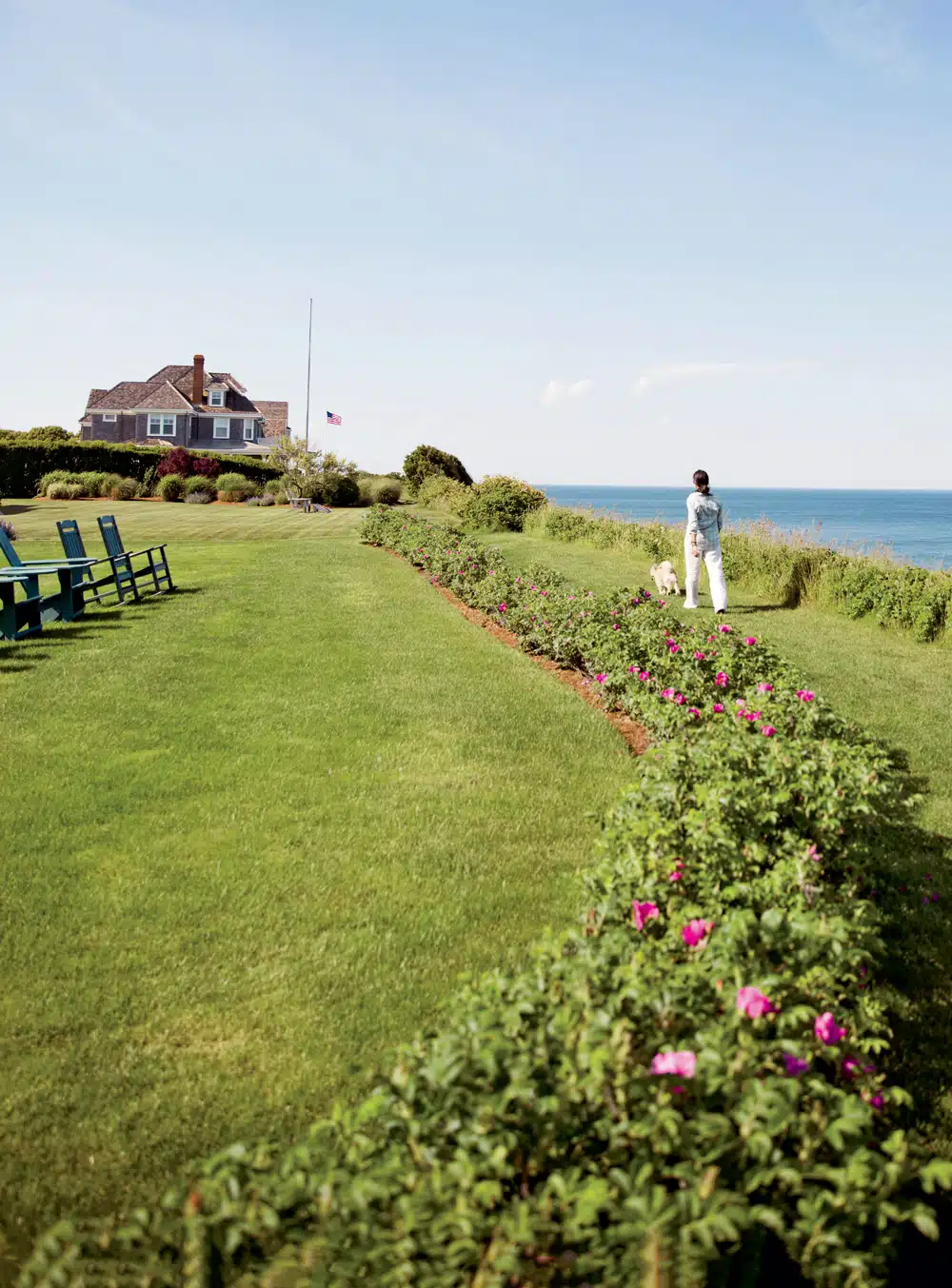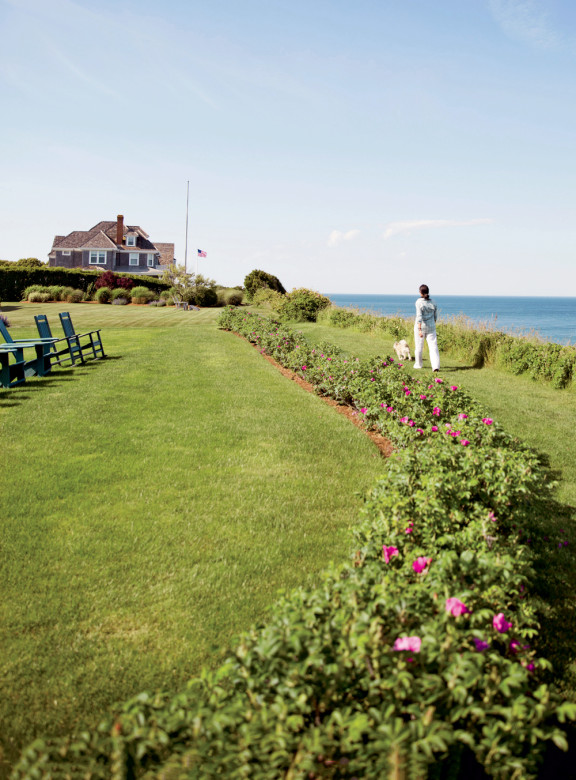A Gift for All on Nantucket
How a developer of Nantucket seaside estates made sure everyone could enjoy the view.

Coffee By Design | Portland, Maine
Photo Credit : Katherine Keenan
Photo Credit : Liz Nemeth
In 1873, William J. Flagg, a summer resident of Nantucket and real estate developer, staked part of his fortune on an expanse of windswept pasture just south of Sankaty Lighthouse. In the nearby quiet fishing village of ’Sconset, a tourist economy had started to percolate, and Flagg wanted to turn his new land, which sat high on a bluff with commanding ocean views, into a neighborhood of grand seasonal cottages. The locals, who struggled to see an economy beyond whaling, found the idea absurd. When one fisherman heard of the plan, he asked the developer to repeat himself to be sure he hadn’t misunderstood.
But Flagg—who was also a winemaker, lawyer, and author of a book on world religions—was not a man who gave in to convention. He liked to think big. His own house on the bluff, a lavish Victorian appropriately named Flaggship, was built in 1890. Other homes followed, and by the 1920s Flagg’s vision of ’Sconset as a high-class summer resort had come to fruition.
So had another key element of his plan. Whether out of a sense of tradition or a belief that those high bluff views shouldn’t be just for those who could afford them, Flagg did something extraordinary in setting up his house lots: He built into the deeds a right-of-way to be “used as a foot-path or foot promenade and for no other purpose or purposes whatsoever.” Wealthy newcomers could have their oceanfront homes, he reasoned, but the bluff-edged pathway that had been the domain of farmers and fishermen for generations would remain open to “residents and visitors of Nantucket.”
It remains so today.
It’s a walk that offers up different identities. Here you’re on a narrow village road. Now you’re cutting through scrubby forest. Next you’re strolling across a manicured backyard. There are beach roses and birds, hydrangeas, and, of course, those views of an endless Atlantic. If you’re compelled to dip your toes into the sea, there are staircases down the bluff for that, too. Just remember: A walk here is exactly that. Polite signs remind you that biking and jogging are not permitted. If you aim to exercise vigorously, head elsewhere.
In the years since Flagg built his homes, property owners have periodically objected to the pathway. There have been legal challenges and makeshift blockades. Some years ago, one summer resident positioned a pair of sprinklers so that no one could cross his property without being soaked. But the courts have always sided with the public. Like the allure of Nantucket itself, the ’Sconset bluff walk has endured.
Ironically, the biggest threat to the path just might be the very thing it honors. In recent years the sea has claimed several houses, forced the setback of Sankaty Light, and cut short the pathway. These views, this land, it seems, can’t really be owned. Something’s there, and then it’s not. Perhaps that’s what inspired William J. Flagg all those years ago. There’s beauty in the temporary, and he wanted everyone to have the chance to experience that.




